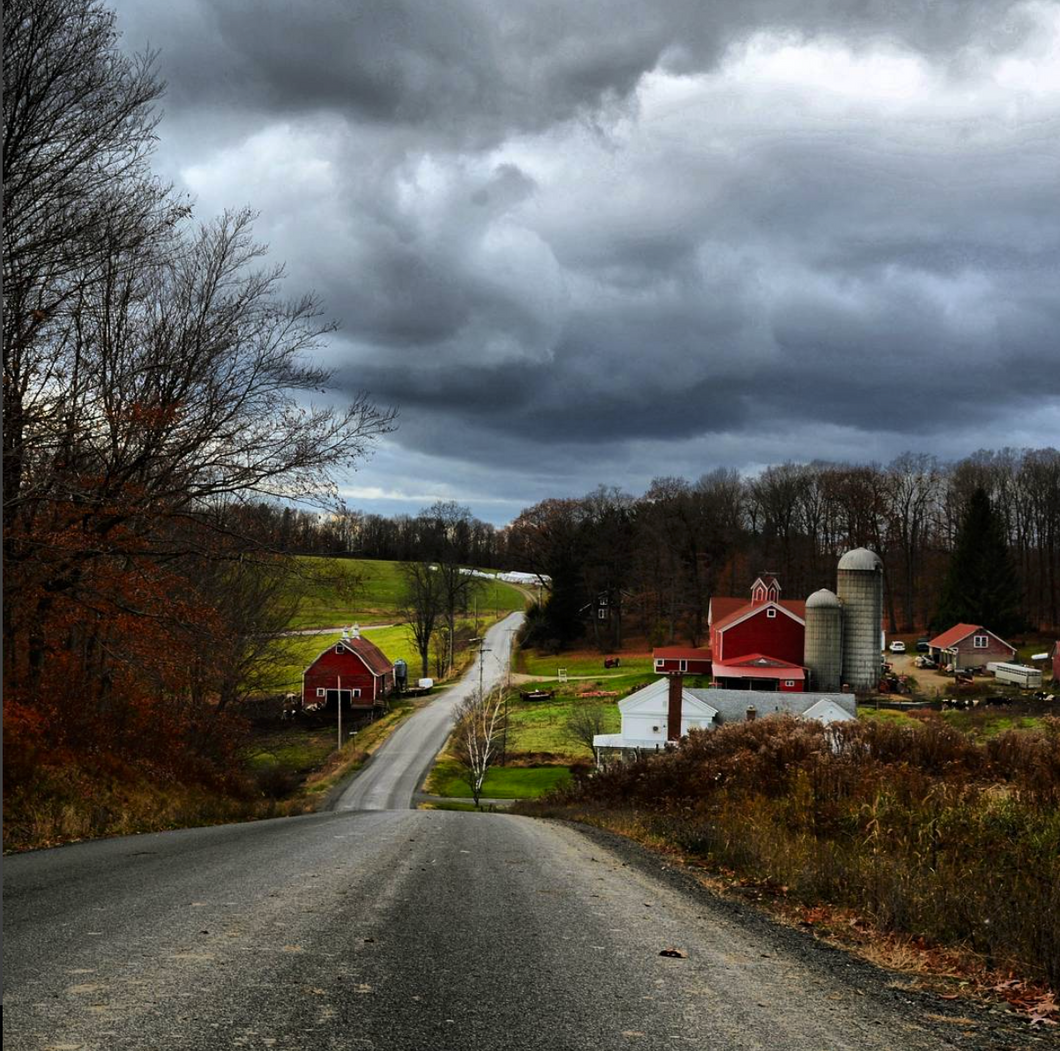3 Unique Japanese Foods Everyone Needs To Try At Least Once (But Will Probably Get Hooked On)
Delicious foods for all adventurous visitors to the land of the rising sun!
I have had the good fortune of eating a wide variety of foods in my lifetime. My Japanese mother would pack things in my lunch that I relished, and would sometimes get me teased by my schoolmates (essentially anything that involved the use of chopsticks).
However, something I really loved about my multicultural upbringing was what foods I got to eat when we went out to eat in Japan. These are three of those foods I think every person should try at least once in their lives!
1. Natto
You either love it, or you hate it: the slimy, bitter, and oh-so-sweet taste of fermented soybeans!
Natto is a popular fermented soybean dish popular in the eastern parts of Japan, known for its numerous health benefits!
People in the Kanto, Tohoku, and Hokkaido regions feed natto to younger children to provide them with vitamin K and probiotics, which helps their digestive systems. Natto is typically served chilled over hot rice, garnished with chopped green onions.
Parents also try and get their kids eating natto from a young age as it can be harder to successfully introduce later in life; the dish has a unique smell that some have compared to rotting cheese.
Even in regions where natto isn't as popular, such as Kansai, consumers can get a wide variety of vitamin k-rich miso pastes, used to make delicious miso soup!
2. Monjayaki
While the vegetable pancake okonomiyaki is a well-known Japanese dish, monjayaki is a hot, flavorful, and runnier version mainly made popular in Tsukishima, a man-made island in Tokyo.
What makes monjayaki unique is not only the dish itself but how it is consumed. The batter is mixed and poured on a tabletop stove, and finely chopped with spatulas. When the mixture is ready, diners use miniature spatulas to drag bite-sized pieces away from the main pile to eat.
While the original recipe contained merely water, flour, and some chopped-up cabbage, it has since evolved into an extremely flavorful meal with a variety of ingredients. There are three main types of monjayaki: mentaiko, cheese, and seafood.
The mentaiko variety is a mixture of the traditional cabbage, flour, and water, along with sticky rice cake and spicy pollock roe. The cheese variety mixes in vegetables such as zucchini and eggplant, and the seafood variety includes small shrimp, fish, and green onions.
In the past, monjayaki was considered to be more of a junk-food snack, so it wasn't very popular outside the Tsukishima area. However, the fun social experience of preparing and sharing monjayaki has made it into a tourist attraction not only for visitors from neighboring regions but all over the world!
3. Sukiyaki
Sukiyaki is another, more commonly enjoyed social meal. Sukiyaki is a sort of hot pot (or nabe) dish, where thinly sliced meat and vegetables are boiled in broth on a tabletop stove. What makes sukiyaki so popular is that the ingredients you use can be tailored to individual tastes.
The most popular ingredients can include thinly sliced beef or pork, shiitake and enoki mushrooms, chopped cabbage and other greens, tofu, seaweed, and even noodles in some cases.
These ingredients are prepared beforehand, as well as side dishes like rice, pickled vegetables, and raw eggs, before heating the pan and boiling the broth. The broth itself is a mixture of soy sauce, water, aji-mirin, sake, and ponzu (citrus sauce).
Once everything is set and everyone is at the table, the broth will come to a boil and you can start mixing in the ingredients. At this point, the pot becomes a free-for-all, and everyone puts in and takes out what they like. Some people will take an extra step to then dip their chosen morsel into a sauce, dip, or raw egg to enhance and enrich the flavors.
Sukiyaki is a staple party food for the winter months all throughout Japan!






























































